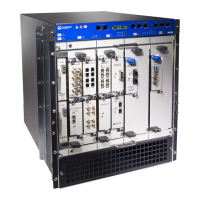Table 49: M120 Router Environmental Specifications (continued)
ValueDescription
Normal operation ensured in temperature range of 32°F (0°C) to
104°F (40°C)
Nonoperating storage temperature in shipping container:
–40°F (–40°C) to 158°F (70°C)
Temperature
Designed to meet Telcordia Technologies Zone 4 earthquake
requirements
Seismic
AC power: 7,923 BTU/hour (2322 W)
DC power: 8,299 BTU/hour (2432 W)
Maximum thermal output
NOTE: Install the routeronly in restrictedareas, such as dedicated equipment
rooms and equipment closets, in accordance with Articles 110-16, 110-17, and
110-18 of the National Electrical Code, ANSI/NFPA 70.
Related
Documentation
M120 Router Description on page 3•
• M120 Router Chassis Description on page 7
• M120 Router Physical Specifications on page 82
M120 Chassis Grounding Specifications
To meet safety and electromagnetic interference (EMI) requirements and to ensure
proper operation, the router must be adequately grounded before power is connected.
Two pairs of threaded inserts (PEM nuts) are provided on the right rear of the chassis for
connecting the router to earth ground.
CAUTION: Beforerouterinstallation begins, a licensed electricianmust attach
a cable lug to the grounding and power cables that you supply. A cable with
an incorrectly attached lug can damage the router.
To ground AC-powered and DC-powered routers, connect a grounding cable to earth
ground and then attach it to the chassis grounding points using two screws. The left pair
of grounding points fits M6 screws (European), and the right pair fits UNC 1/4–20 screws
(American). The grounding points are spaced at 0.625-in. (15.86-mm) centers. The
accessory box shipped with the router includes the cable lug that attaches to the
grounding cable (see Figure 25 on page 88) and two UNC 1/4–20 screws used to secure
the grounding cable to the right pair of grounding points. (The cable lug shown in
Figure 25 on page 88 is also used for the DC power cables.)
87Copyright © 2018, Juniper Networks, Inc.
Chapter 9: Preparation Overview

